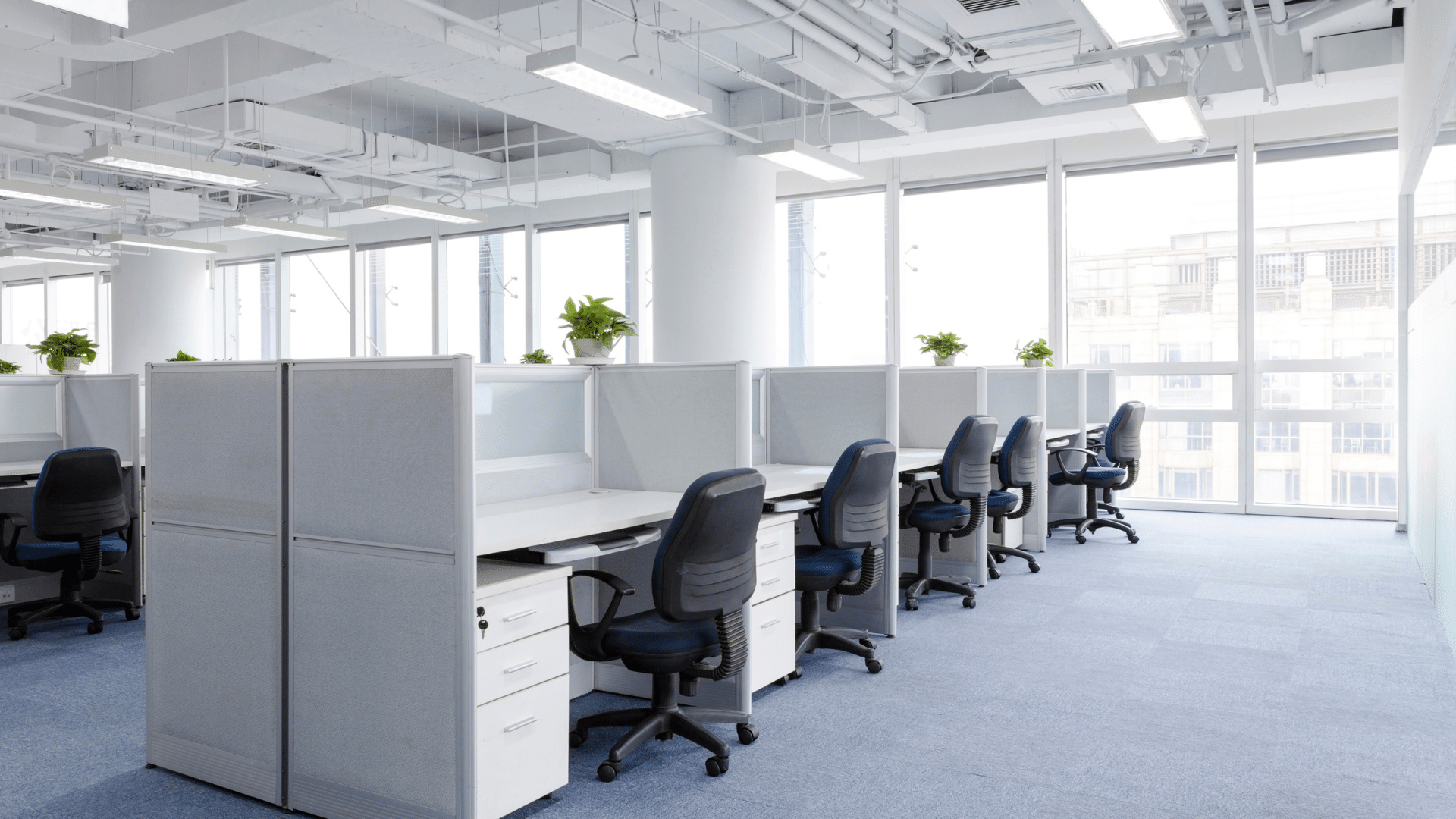How to Tackle Office Cleanouts with Minimal Disruption
When it comes to office cleanouts, whether for a minor renovation or a complete relocation, the task can often feel like a daunting challenge. From packing up decades of clutter to disposing of old furniture and equipment, office cleanouts can disrupt your workflow and productivity. However, with the right approach and planning, you can achieve a smooth, efficient cleanout process with minimal disruption to your daily operations.
In this guide, we’ll explore the best practices for conducting office cleanouts without causing unnecessary headaches. We’ll cover how to plan, execute, and wrap up a cleanout process while keeping your team focused and maintaining business continuity.
Set Clear Objectives for the Cleanout
Before diving into the cleanout process, you must first establish clear goals. Are you clearing out your office for a relocation? Is it to make room for new equipment or furniture? Or are you simply decluttering the space for better organization? Identifying the reasons behind the cleanout will help shape the direction of your efforts and guide your decision-making.
Take the time to sit down with key team members and discuss the purpose of the cleanout. This may involve reviewing what items need to be removed, donated, or disposed of and determining which items are essential for continued work. This step will save you a lot of time later on and help ensure that only necessary items are retained.

Organize the Cleanout Process Step-by-Step
A successful cleanout is built on solid organization. Rather than rushing in and hoping for the best, take the time to create a systematic plan. A well-structured approach not only makes the process more manageable but also helps minimize disruption during business hours.
Categorize Items
Begin by categorizing everything in the office. Sort items into categories such as:
- Furniture: Desks, chairs, shelves, and filing cabinets.
- Electronics: Computers, printers, fax machines, phones, and old tech.
- Documents: Files, folders, and paperwork that may need to be shredded or archived.
- Miscellaneous Items: Decor, office supplies, and other personal items.
Make sure each category is addressed separately, as this will make the cleanout more efficient.
Prioritize What Needs to Go
Once categorized, review each item carefully and determine its fate. Ask yourself: “Is this item necessary for daily operations, or has it outlived its usefulness?”
For example, electronics like old computers or fax machines may need to be recycled, while furniture might need to be replaced or sold. Don’t forget to also address the paper clutter that tends to accumulate over time. Shredding unnecessary documents and archiving important records can create more physical and mental space in the office.
Assign Responsibilities
For large offices, cleaning out every single item is a monumental task. To manage it efficiently, delegate responsibilities among staff members. Assign individuals or teams to specific areas or categories. This will not only speed up the process but also allow employees to remain engaged without becoming overwhelmed.
Be sure to also appoint a team leader to oversee the progress and ensure the cleanout is proceeding according to plan. This leader will handle any challenges that arise and make adjustments as needed.
Prepare for the Disruption
Even with a well-organized plan in place, there will still be a level of disruption during the cleanout process. The key is to minimize the impact it has on your employees’ productivity. Here are a few tips to prepare for this disruption:
Inform Your Team in Advance
The best way to manage potential disruptions is to prepare your team for what’s to come. Notify your employees well in advance of the planned cleanout so they can mentally prepare for the changes and adjust their work schedules accordingly.
In your communication, provide clear details about the timeline, what’s expected from them, and how the cleanout process will unfold. You may want to set specific times for certain teams to clear out their desks or workstations to avoid chaos. Being transparent about the steps involved can go a long way in maintaining morale.
Create Work Zones
To keep the workflow moving smoothly during the cleanout, designate specific work areas that remain operational while others are being cleared out. You can rearrange furniture temporarily or set up designated “work zones” where employees can continue their tasks.
This will help maintain continuity in business operations. For instance, if certain departments are working on sensitive projects, make sure their areas remain untouched until the cleanout is completed. By creating these work zones, you can prevent any unnecessary distractions from interfering with your team’s productivity.
Consider Off-Hours Cleanout
If your office is particularly busy and you need to minimize disruption, consider conducting the cleanout after hours. Cleanout tasks like moving furniture, removing documents, and clearing out storage spaces are much easier to tackle when the office is empty. Many professional junk removal services offer evening and weekend cleanout services, making this option a great alternative.
Work with Professional Junk Removal Services
While some small office cleanouts can be handled internally, larger cleanouts often require the expertise and efficiency of professional junk removal services. Hiring experts who specialize in office cleanouts can make a significant difference in the speed and ease of the process.
These services are equipped with the necessary tools and vehicles to handle the removal of large furniture, electronics, and other bulky items. They also have the experience to properly dispose of items in an environmentally responsible manner. Rather than spending hours organizing a disposal process, you can let the professionals handle the heavy lifting while your team remains focused on their work.
Disposal and Recycling
Professional junk removal companies are well-versed in disposal and recycling procedures. When clearing out old office equipment, electronics, or furniture, it’s important to keep in mind proper disposal regulations, particularly for hazardous materials like e-waste. A reliable junk removal service can help ensure that everything is disposed of properly and in compliance with local environmental regulations.
Donate and Recycle
Many office items, such as furniture and tech equipment, still have value. A good junk removal service will not only help you dispose of unwanted items but can also donate or recycle those that can be reused. Donating office furniture or technology to charitable organizations is a great way to contribute to your community while reducing your environmental footprint.
Plan for the New Office Setup
Once the cleanout is complete, it’s time to focus on setting up the office again. The cleanout provides an opportunity to reimagine your office space, making it more organized, functional, and conducive to productivity. Here are some tips for setting up your newly cleared space:
Redesign Your Space
Take a fresh look at your office layout. Does the existing arrangement make sense for the current work structure? Can you improve the flow or ergonomics of the space? You may want to consider adding new furniture or office features to enhance employee comfort and efficiency.
Creating designated spaces for collaboration, focus work, and relaxation can foster a more productive and happy work environment. Consult your team for input on what improvements they’d like to see in the new setup.
Embrace Technology
If your office was cluttered with old technology, now’s the time to upgrade. Ensure your new equipment is streamlined and integrates seamlessly into the updated office layout. Invest in devices that improve connectivity, ease of use, and sustainability, such as energy-efficient lighting, paperless systems, and smart conference tools.
Embracing technology not only increases productivity but can also foster a modern, innovative atmosphere in the workplace.
Regular Maintenance
After completing the cleanout and revamping your office space, establish a regular maintenance routine to keep everything in order. Schedule periodic cleanouts or organizational check-ins to ensure that clutter doesn’t pile up again. Regular audits of your equipment, files, and supplies will keep your office functioning smoothly for years to come.
The Importance of a Professional Cleanout Service
Undertaking a thorough office cleanout can be a massive undertaking. From scheduling the cleanout to managing the process, it’s easy to become overwhelmed by the logistics. By working with a professional cleanout service, you not only free up valuable time and resources but also guarantee that the task is completed with minimal disruption to your team’s work.
Professional services offer the expertise, manpower, and equipment necessary to ensure that everything is handled properly. Whether you’re moving to a new office or simply clearing out outdated items, professional services provide peace of mind and allow your team to continue their work uninterrupted.
Conclusion
When approaching office cleanouts, planning and organization are paramount to ensuring a smooth, efficient process. By setting clear goals, delegating tasks, and maintaining communication with your team, you can minimize disruptions and keep your office functioning while removing unnecessary clutter. Professional junk removal services can be a game-changer, providing the tools and expertise to remove bulky items while recycling or donating those in good condition.
If you’re ready to tackle your office cleanout with ease, consider partnering with Wee Haul Junk. Located in Vienna, Wee Haul Junk offers comprehensive office cleanout services designed to streamline your process and eliminate unnecessary disruptions. Reach out today at 571-489-2961 or via email at info@weehaulnow.com to get started on clearing out your office space efficiently and with minimal hassle.


